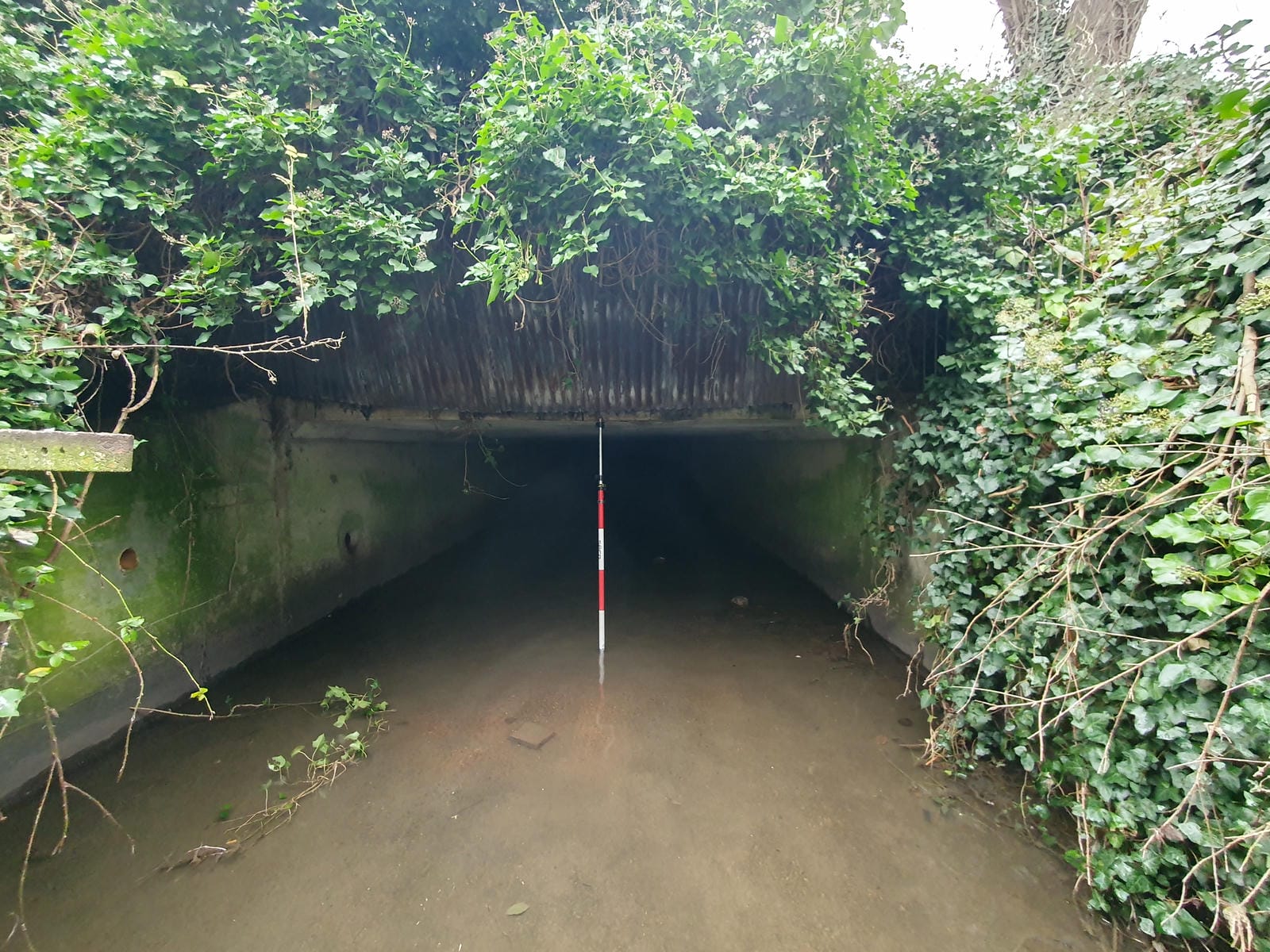
The Hidden Transformation
The Background
- Date
- Winter 2025
- Client
- For The Love of Water (FLOW)
Storm Geomatics was commissioned to undertake a multi-faceted survey for the conceptual design phase of a river restoration project at two critical sites along the River Ravensbourne, spanning Cator Park and Queensmead Recreation Ground in Greater London and Kent. The primary goal was to enhance habitat diversity, geomorphological diversity, water quality, and amenity value. The project was funded by the Environment Agency through the Water Environment Improvement Fund (WEIF), showcasing a collaborative effort between environmental charity Thames 21 and consultancy For the Love of Water (FLOW) CIC.
“The data provided by Storm Geomatics forms the foundation of the scheme’s design process.” – Maddie Crabb, Director & Senior Environmental Consultant
The Challenge
Under the leadership of Senior Surveyor Laurence Washbrook, Storm Geomatics faced several challenges, including limited channel access, seasonal weather impacts, and the complexity of surveying a canalised channel. Safety was paramount, with Storm’s surveyors leveraging their Defra Level 2 Water Safety Training to navigate the site safely during winter months.
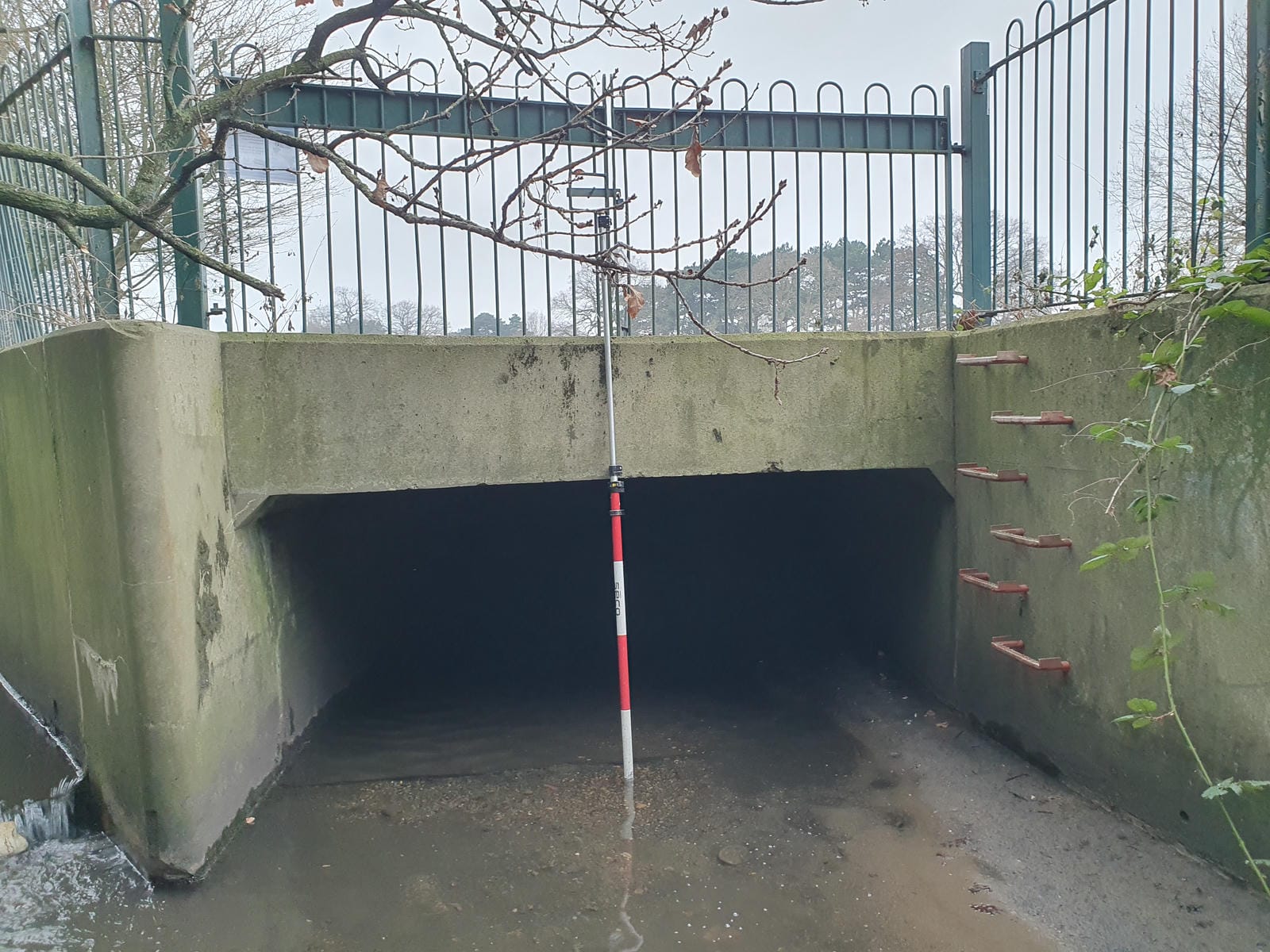
Fig 1: Ingress Access via Ladder
Various surveying methods were employed to ensure comprehensive data collection:
- Standard Network RTK and Total Station for capturing cross-section and floodplain data.
Fig 2:Cross Section Data Capture
-
Fig 3: Scanning Concrete Culvert
SX10 Scanning to survey the entrance and route of a concrete culvert, providing critical insights into the invert level.
- Manhole Surveys to map the route of a foul drain running alongside Chaffinch Brook in Cator Park.
Fig 4: Manhole Survey
The Results
The geospatial data was delivered in various formats to support the design and restoration process:
- Cross-section data as .dwg and PDF files for seamless integration into project models.
- Long section and location plans, including manhole and tree survey data, providing essential design insights.
- The culvert scan provided as a .laz file, offering a highly accurate 3D representation.
- Manhole description sheets and photos for complete transparency and documentation.
Impact on River Restoration
By leveraging this precise geospatial data, the conceptual designs of the River Ravensbourne restoration project have been used to design:
- Improved River & Riparian Habitats: Enhanced biodiversity and habitat creation through channel realignment and the removal of concrete embankments with the aim to allow for natural processes to establish.
- Water Quality Enhancements: Flow regime improvement and riparian buffer zone establishment with native tree planting.
- Increased Amenity Value: Provided a revitalised recreational space for the local community.
Fig 5: Water Flow Improvements
- The River Ravensbourne project underscores the vital role of geospatial data in successful river restoration initiatives. The geospatial data will be vital for the current and future phases of the scheme that will hopefully lead to the successful adoption of two ambitious river restoration schemes in an urban and heavily modified river system connecting people to their rivers.
- Storm Geomatics, are proud to contribute to environmental sustainability, community well-being, and innovative water management solutions.
- More information on the feasibility phase makes an interesting read:
- Cator Park
- Queensmead Recreation Ground
Precise surveys of the river and floodplain are essential for the reliable hydraulic modelling of proposed design outcomes, ensuring that the restoration does not result in any adverse impacts on flood risk.”
Recent News
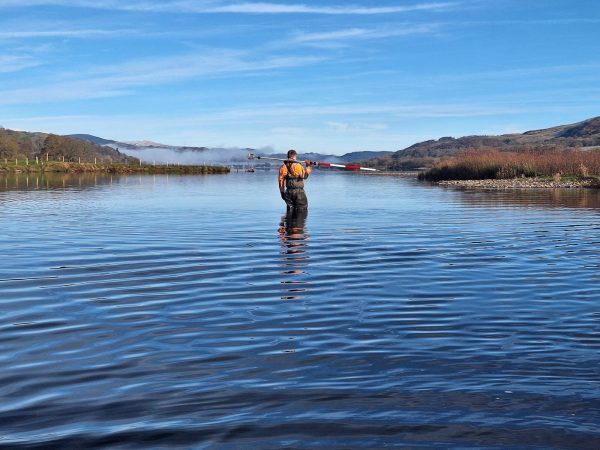
Storm Claudia vs Storm Geomatics: When Nature Tests
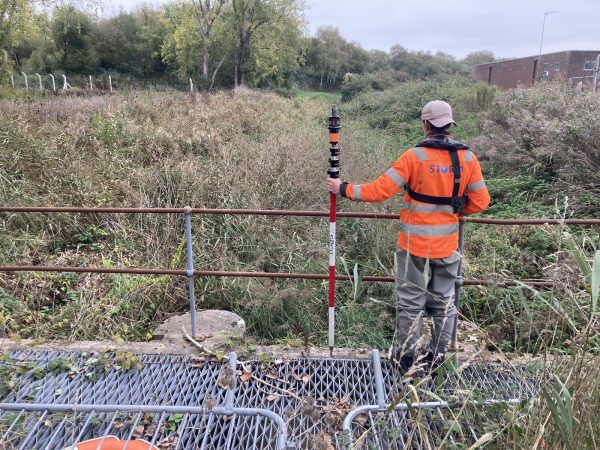
Surveying Through the Seasons
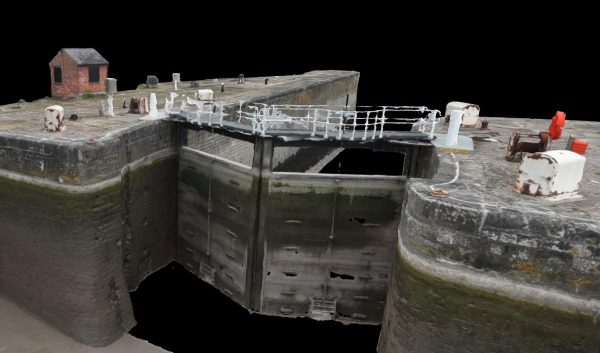


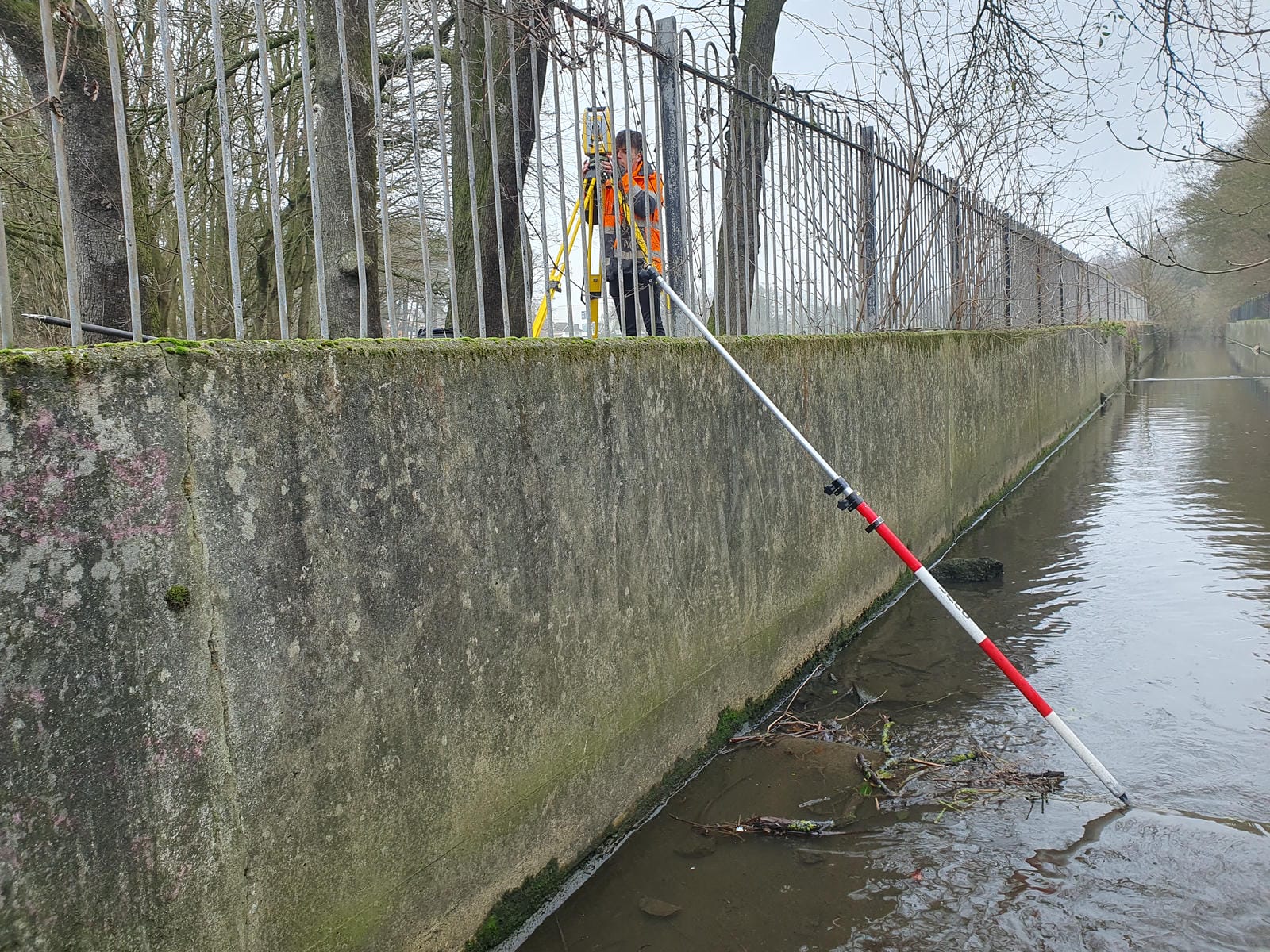
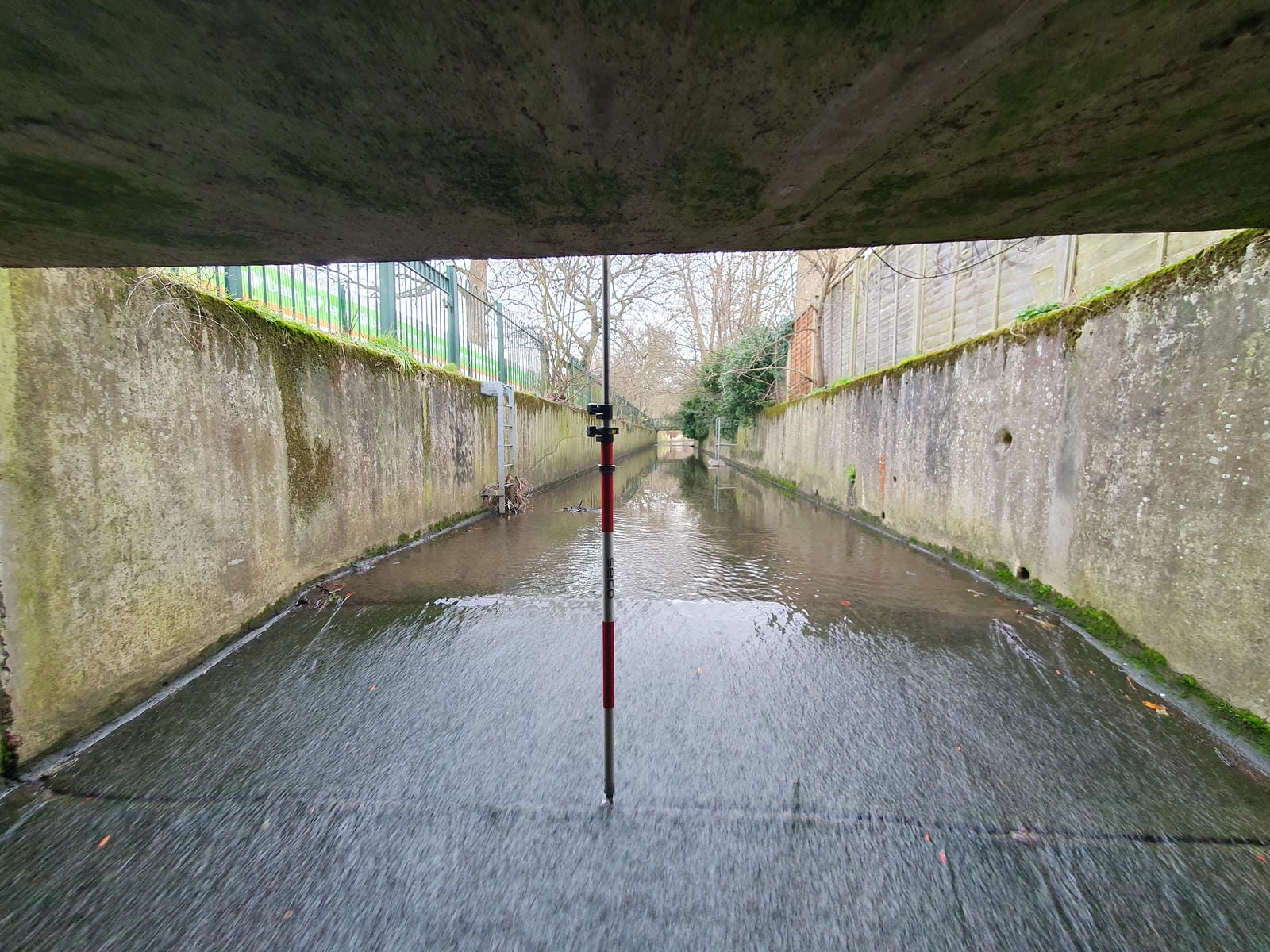
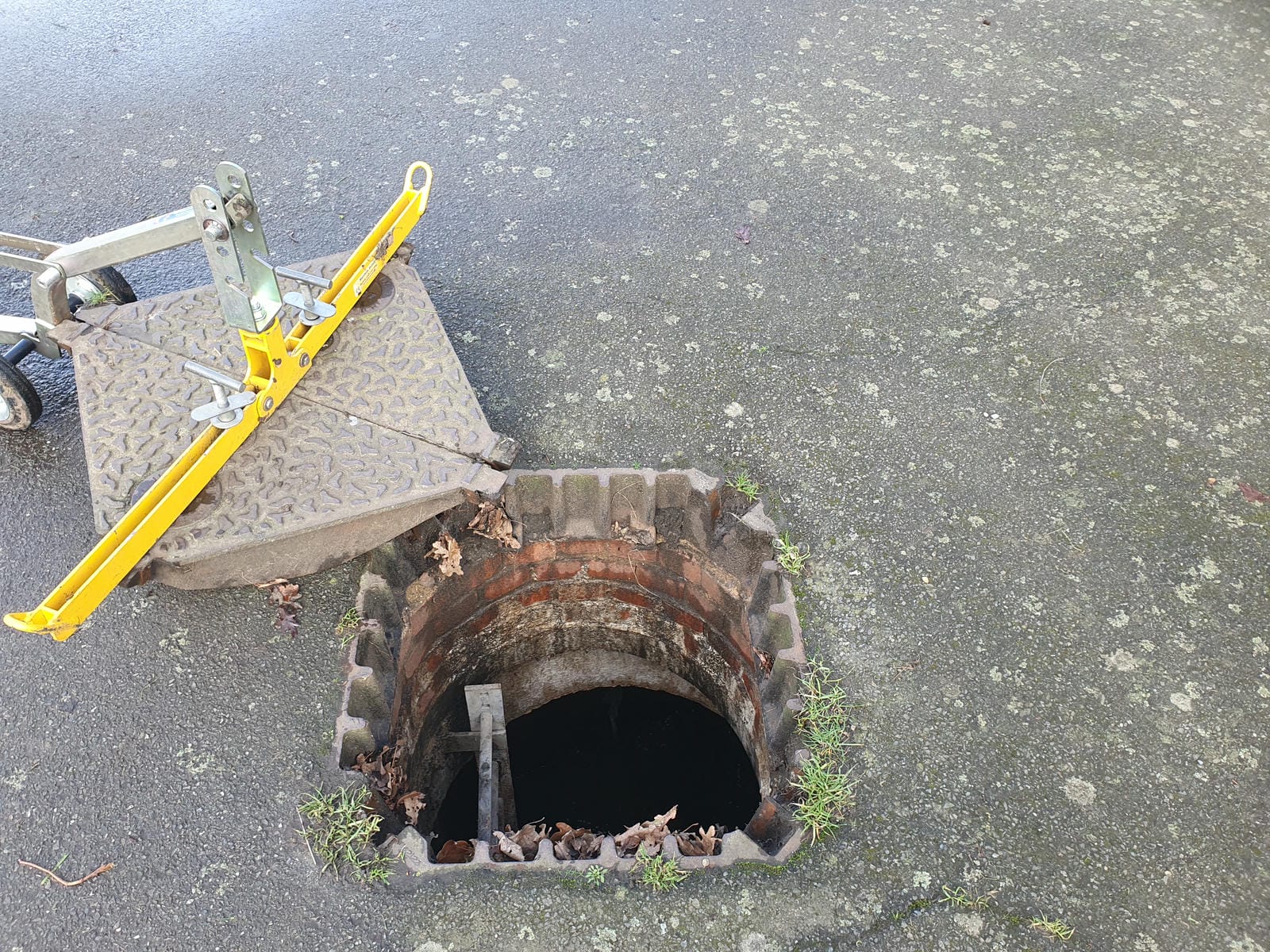 Fig 4: Manhole Survey
Fig 4: Manhole Survey